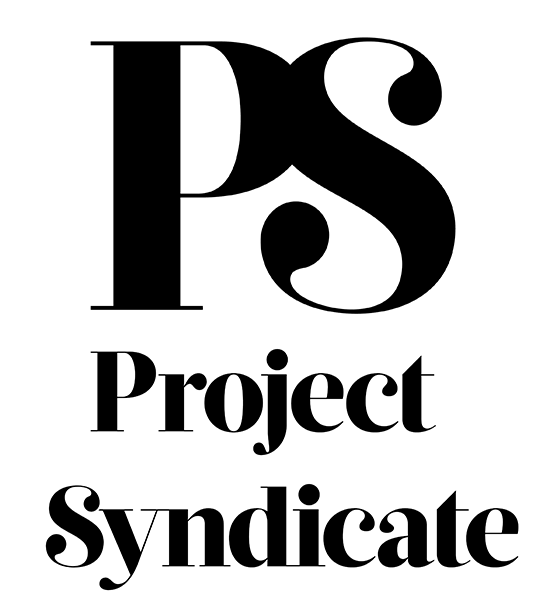Russia’s economic prospects are looking increasingly grim.
Last year, plunging energy prices and international sanctions contributed to a 3.7 per cent fall in the gross domestic product (GDP). Real wages in the country plummeted by around 10 per cent.
This year, the negative trend is expected to continue. In 2016, public spending on education and healthcare is slated to decline by 8 per cent.
The Kremlin’s desultory attempts at diversifying the Russian economy have largely failed.
Labour productivity remains chronically low and investment — foreign and domestic — has dried up.
Sadly, a turnaround is unlikely. Under current conditions, neither higher energy prices nor the lifting of sanctions would likely be enough to reinvigorate the country’s moribund economy.
Over the past decade, Russian President Vladimir Putin’s regime has degraded the institutions that are essential to the functioning of a modern economy.
The judicial system, for example, is largely in tatters. And above all, the ownership and governance of key assets and resources are almost all in state hands.
Indeed, in 2012, the International Monetary Fund calculated that the consolidated public sector accounted for nearly 70 per cent of Russia’s GDP.
Though comparably detailed estimates are not available for earlier years, in the early 2000s, this share was around 30-40 per cent.
The expansion of the state’s control of the Russian economy has been driven by a proliferation of state-owned corporations, whose gross liabilities now amount to 150 per cent of the GDP.
Firms in the energy, infrastructure, banking, and armaments sectors have been nationalised.
In 2014, publicly owned or controlled entities accounted for nearly 70 per cent of the turnover and 85 per cent of employment among Russia’s top 15 companies.
For the largest 100 companies, these shares were 54 per cent and 68 per cent, respectively. The consolidated public sector now accounts for one-third of total employment.
Russia’s big state-owned corporations are, for the most part, controlled — with considerable lack of transparency — by management that has been appointed by Putin personally.
Many major corporate decisions are made during one-on-one meetings between Putin and a company’s CEO. Many mergers and acquisitions require the president’s personal approval.
Lack of transparency is pervasive.
Only a few state-owned companies file International Financial Reporting Standards (IFRS) accounts and many have large numbers of subsidiaries, which can dilute benefits to shareholders, while offering opportunities for managers and other connected parties to enrich themselves.
Russian Railways, for example, has more than 23,000 subsidiaries. Gazprom has more than 4,300.
Lack of detailed information makes it difficult to document the state’s full asset portfolio, let alone set up a workable and transparent system of oversight.
The agency charged with managing state property (Rosimushchestvo) is unable to act as an effective controlling shareholder.
Putin’s Russia is increasingly reminiscent of President Suharto’s Indonesia — an intricate system of crony capitalism without real property rights.
Many close to Putin have acquired great fortunes through their connections to state companies.
One route to enrichment is to privately appropriate the financial flows of state companies. Another is to leverage connections in order to secure no-bid contracts or to purchase state assets for a pittance.
The size of the crony economy is hinted at in the Panama Papers, but even those revelations are just the tip of the iceberg.
In 2014, the net worth of those who are subject to sanctions by the US and EU was estimated at around $17 billion; one sanctioned bank alone holds assets valued at more than $11 billion.
This system comes at considerable costs to the Russian economy, favouring rent-seeking at the expense of productivity growth. Russia does possess some efficient, dynamic, large private companies, but the space for these firms is quickly receding.
Experience suggests that large public sectors are associated with sub-par growth and the crowding out of investment in the private sector.
Indeed, with the expansion of the large state corporations, many of them in the hands of cronies, competition has drastically diminished in many sectors.
Despite all this, Putin’s commitment to the system that he has built is unwavering. Even proposed measures to raise fiscal revenues — such as the privatisation of minority shares in seven state-owned corporations — will likely be done in a way that favours his cronies.
Part of the reluctance to change is due the fact that Putin remains very popular — for now.
As the economy continues to crumble that could shift very rapidly, as Putin seems to have acknowledged when — in apparent anticipation of trouble — he created a National Guard of 400,000 paramilitary security forces and put it under the command of his long-time bodyguard.
Given the regime’s dependence on the personalisation of power, it would be hard to design any credible path for change that preserves the prerogatives of Putin and his cronies.
Opening up the economy to competition and expanding the private sector would undermine the system of wealth and power that Putin’s associates enjoy.
And that why Russia’s economic troubles are likely to continue.
Anders Åslund is a senior fellow at the Atlantic Council in Washington, DC. Simon Commander is a managing partner at Altura Partners and professor at IE Business School. ©Project Syndicate, 2016. www.project-syndicate.org
